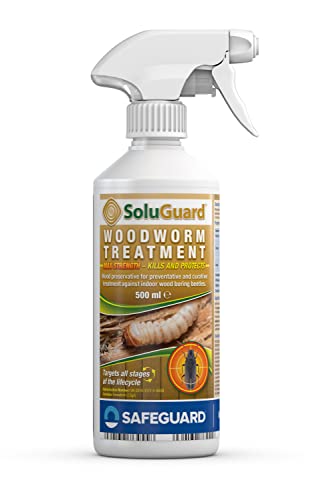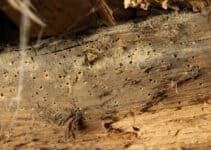Woodworm typically isn’t that easy to identify, at least when the infestation is active. Generally, we have to rely on sight more than any other sense, but can use our noses, too?
If so, what does woodworm smell like? Woodworm itself doesn’t have a smell, as is usually the case with insects that don’t use scent as a defence mechanism. However, woodworm infestations are often associated with a musty smell, but this is the environment rather than the bugs themselves.
Below, we’ll look at why we link this particular smell with woodworm if it’s not the bugs giving it off.
Does Woodworm Have a Smell?
As mentioned, woodworm doesn’t have a smell. There’s no reason for them to because scent is typically used by bugs as a defence mechanism or to attract mates.
Neither of these purposes is relevant to woodworm, so it doesn’t need to have a smell.
However, a musty smell and the presence of woodworm are so commonly experienced together that it’s not unreasonable to assume it’s the bugs creating this odour.
But, as you may already know, this is simply because woodworm likes damp environments. Damp means rotten wood, which is easier for woodworm to chew through than hard, dry wood. And, unsurprisingly, damp smells musty.
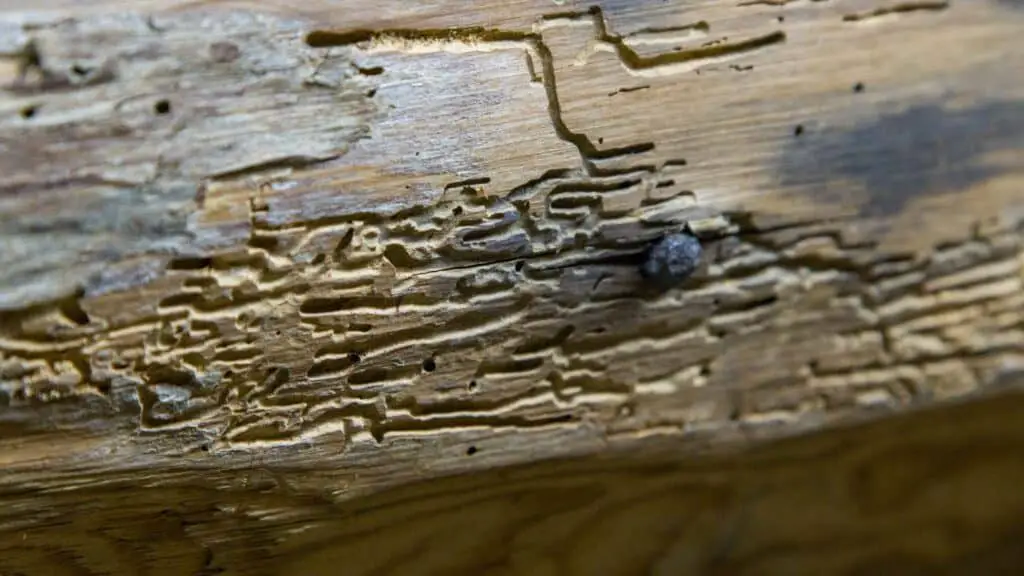
Does Damp Mean Woodworm?
Being able to smell damp in your home might mean there’s a woodworm infestation, but this isn’t always the case. The Deathwatch Beetle, a type of woodworm, prefers damp environments, but other kinds are happy in dry hardwood. So, damp might mean woodworm or it might not.
Either way, damp is certainly something you’ll want to get treated, regardless of whether there are woodworms living in the timber. Areas of the home such as attics are prime spots for damp and, by extension, are common breeding grounds for woodworm.
Damp or Dry Rot?
Another possible cause of smell in areas preferred by woodworm is dry rot. This essentially leads to the same problems as damp but without the presence of moisture.
It’s caused by a fungus eating the wood rather than moisture-related mould.
The smell will still be a bit musty, but it’ll lean more towards an earthy, soil-like smell. Some people liken it to the smell of strong mushrooms, which isn’t surprising considering it’s caused by a fungus.
Different dry rot fungi have slightly different smells, but they all fit into this earthy, mushroomy description. Much like with damp, the smell isn’t directly associated with woodworm, although it can act as a fairly good indicator that woodworm may be present in the structure.
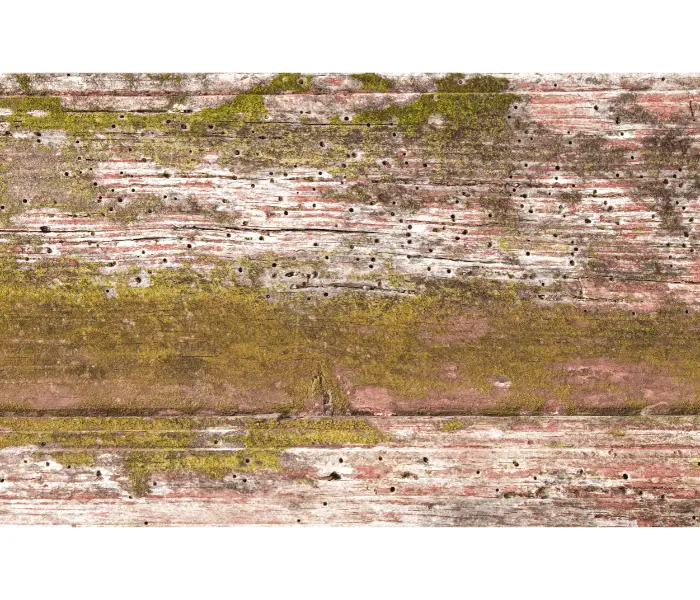
Will Fixing Damp or Dry Rot Kill Woodworm?
Fixing the cause of the smell – whether it’s damp or dry rot – won’t directly kill any woodworm if they’re present. However, it’ll make it a more difficult environment for them to live in, which should at least slow down their rate of breeding.
However, if you believe you have a woodworm infestation in the timber of your home, it’ll be worth calling in a professional. It is possible to treat a woodworm infestation yourself, but it can help to have an idea of the size of the problem before you get started.
I also like to use these to reduce damp in my home:
Either way, it’s important to note that dealing with any smells you associate with woodworm won’t remove the issue. It’s worth dealing with them anyway, though, as damp and dry rot have their own (fairly extensive) range of problems.
How to Spot a Woodworm Infestation
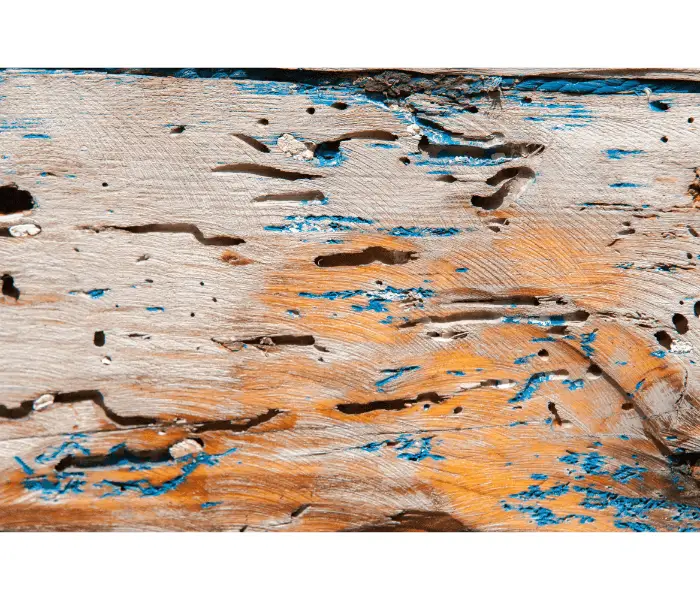
Spotting a woodworm infestation primarily relies on sight. However, the tell-tale sign isn’t actually the holes the bugs leave in wood. These are often a sign of a past woodworm problem, as they create the holes when leaving the wood as mature larvae.
The most important thing to look for is frass. It’s dust created when they chew these holes in the wood.
If you see very fine dust on the floor, you’ve most likely got a current woodworm problem.
Use this to kill the woodworm and stop it from spreading:
Obviously, another clear sign is seeing the bugs themselves. This is most common during the mating season (late summer), as they typically don’t leave a piece of wood unless it’s to find a mate.
Unsurprisingly, you can’t rely on smell at all to find woodworm. Instead, look out for the signs mentioned above, and you can find more information on telling if woodworm is active in our separate post.
Does Woodworm Smell – Final Thoughts
So, the bottom line is that woodworm doesn’t smell. However, the conditions in which they prefer to live often have characteristic aromas. As such, it can be a helpful indicator that there might be a woodworm infestation, although this isn’t guaranteed.
The best way to tell if a woodworm problem is active is to call in a professional exterminator. Importantly, they can also help you treat the issue if they discover woodworm living in your home.

